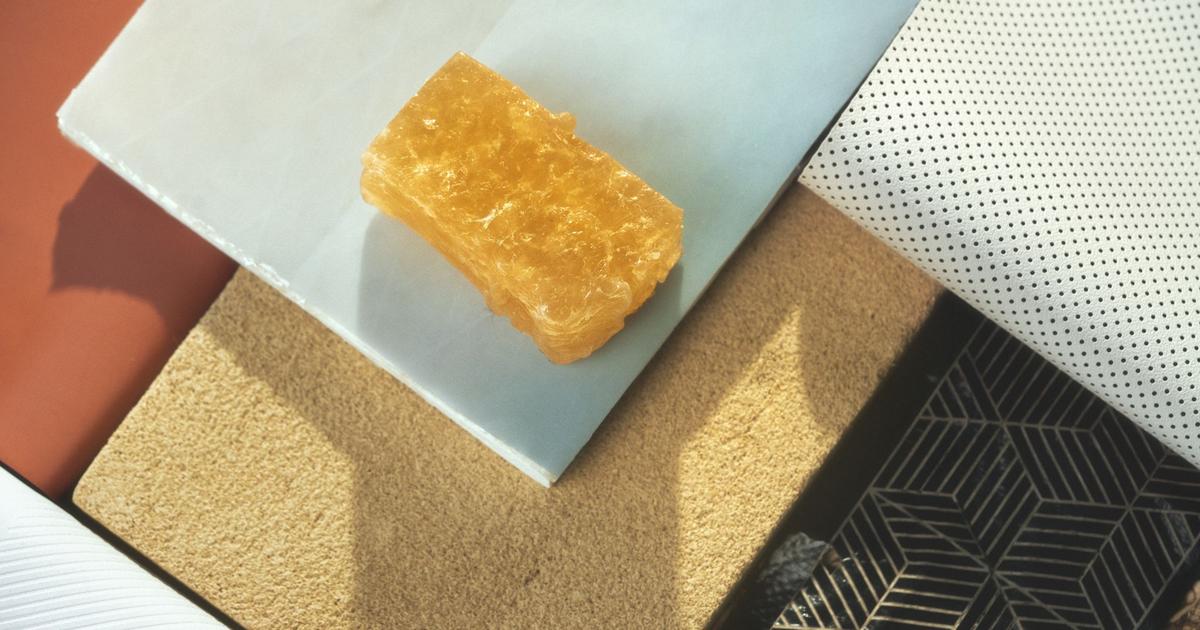The automobile industry's commitment to achieving carbon neutrality by 2050, some having even announced that it will be there by 2030, means that we have to wipe the slate clean.
When it comes to cars, the ecological transition does not only mean giving up certain types of motorization, but also using recycled materials and those made from vegetable fibres.
Everyone gets into it.
This is how the BMW group has just announced that, from 2023, the interiors of its BMW and Mini models will abandon leather of animal origin for other recycled materials, of vegetable origin.
The evolution of production techniques and the creation of recycling channels have made this revolution possible.
To discover
LIVE- Death of Elizabeth II: follow minute by minute reactions to the death of the Queen of England
If BMW claims to offer alternatives to leather for a long time, it recognizes that this is the first time that it has succeeded in offering a steering wheel whose rim is not covered with leather of animal origin.
Making this piece from a vegetable material that would meet the same requirements as leather in terms of appearance, wear resistance and durability represented a real challenge for engineers and equipment manufacturers.
“The new material resists wear and tear caused by abrasion, perspiration and moisture and has all the desirable properties of leather”
, says Uwe Köhler, Head of Body, Exterior Trim and Interior Development at the BMW Group.
The only distinguishing feature of the new material will be a new grain effect on the steering wheel rim.
As a result, components containing traces of raw materials of animal origin will fall to less than one percent in BMW and Mini vehicles.
These materials will be intended for surfaces that are not visible to the customer, such as gelatin used in protective coatings, lanolin in paints or even beeswax.
Abandoning leather surfaces reduces CO2 emissions by 85%.
So far, 80% of the emissions produced come from methane from cattle breeding.
The remaining 20% comes from the processing of cowhide, which is very energy intensive.
At the same time, the BMW group continues to increase the rate of its recycled and recyclable elements.
This is how the floor mats are made from a single material, thus avoiding mixtures of materials that are difficult to recycle.
With this decision alone, the BMW Group saves around 1,600 tonnes of CO2 waste each year, as floor mats and recycled waste are also reused in the production process.
To develop biosourced materials to replace leather upholstery of animal origin, the German group is working in partnership with start-ups.
CO2 reduction can be up to 45% compared to previously used synthetic leathers.
Two textiles are developed: MirumTM and DeserttexTM.
The first, 100% biobased and petroleum-free, has the potential to imitate all the properties of traditional leather.
The second is made from cactus fibers sprayed with a bio-based polyurethane matrix.
Enes Kucevic Photography



